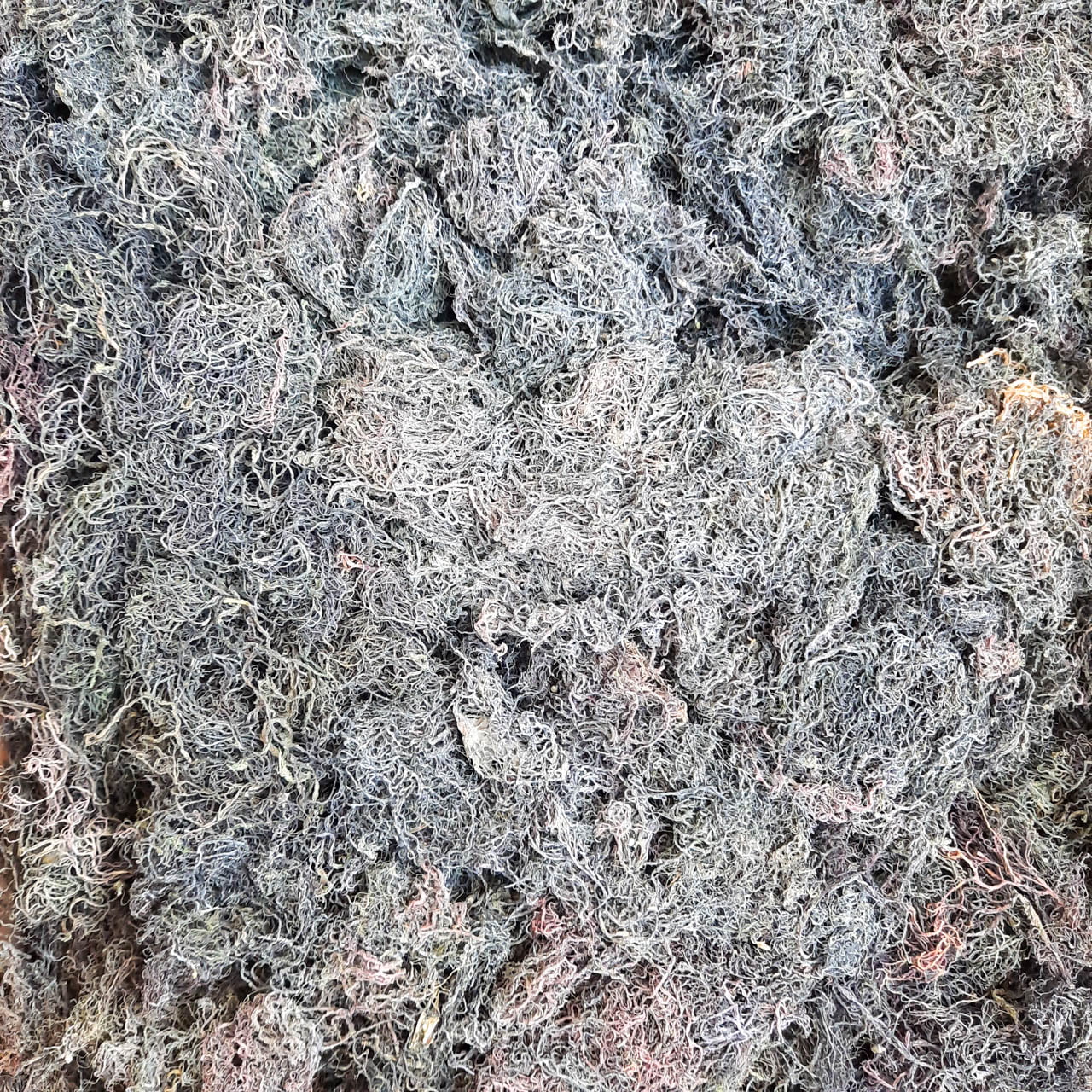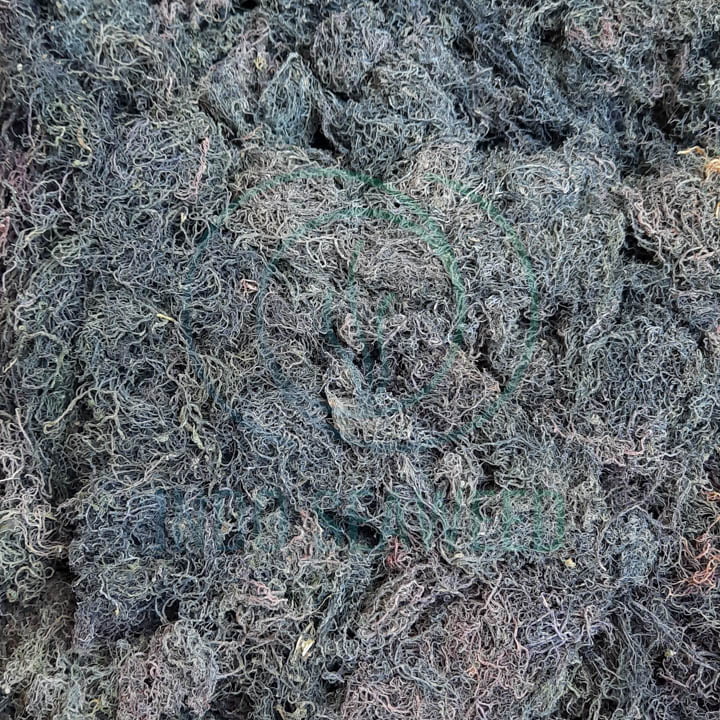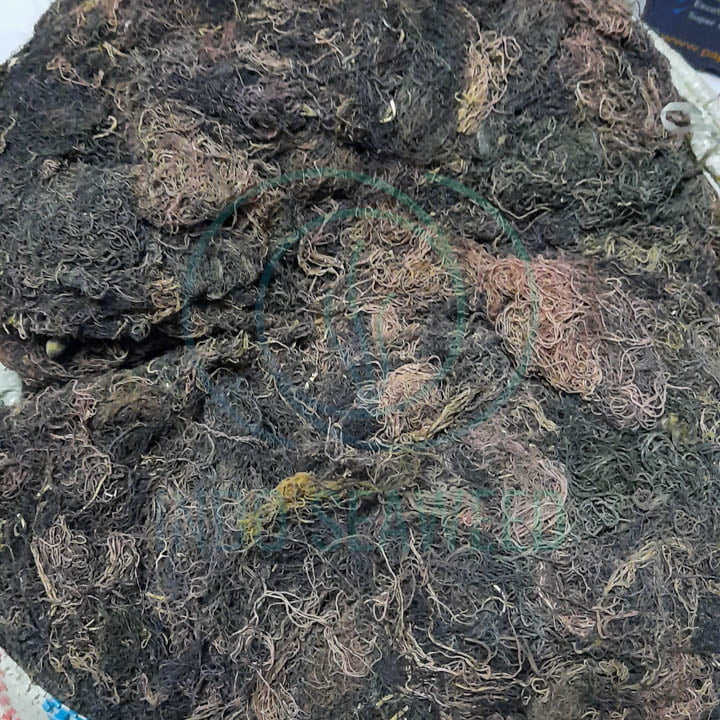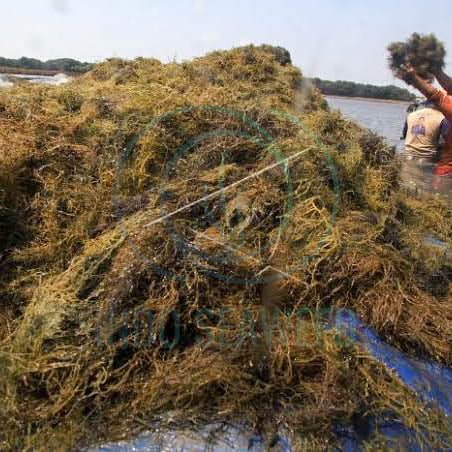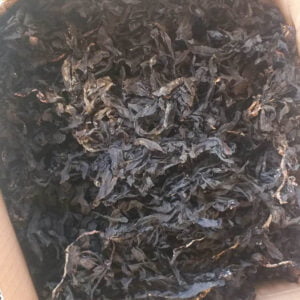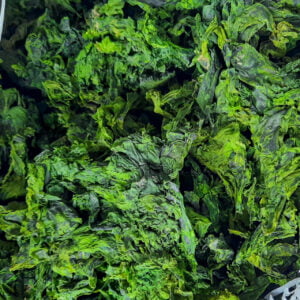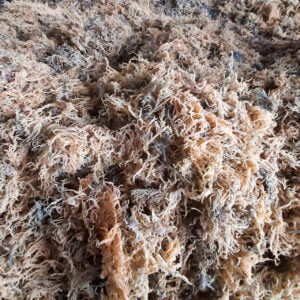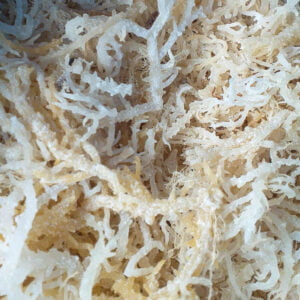Gracilaria
Discover the premium Gracilaria seaweed from Bali, Indonesia, sourced by Indo Agrio in partnership with Macro Seaweed. This versatile marine resource offers exceptional quality and benefits across various industries. From agar production for the food industry to skincare in cosmetics, Gracilaria seaweed delivers remarkable results. It also aids in water remediation, fish culture, and agriculture.
Visit macroseaweed.com/gracilaria for more information. With strict quality control and sustainability practices, Indo Agrio ensures a consistent supply of this high-quality seaweed. Unleash the potential of Gracilaria seaweed from Indonesia by contacting Indo Agrio for a sustainable and prosperous partnership.
Gracilaria seaweed, belonging to the genus Rhodophyta, is a valuable marine resource found abundantly in the coastal waters of Indonesia. With its versatile applications ranging from food production to cosmetics and water remediation, Gracilaria plays a significant role in various industries. This article explores the uses, cultivation, and benefits of Gracilaria seaweed from Indonesia.
Cultivation and Varieties
Indonesia is renowned for its cultivation of Gracilaria seaweed, primarily for agar production. Several varieties, such as Gracilaria Changii, Gracilaria confervoides, Gracilaria Gigas, Gracilaria lichenoides, Gracilaria crasa, Gracilaria blodgettii, Gracilaria arcuta, Gracilaria taenioides, Gracilaria eucheumoides, and Gracilaria verrucosa, are cultivated in Indonesia's coastal regions.
Agar Production
Gracilaria seaweed is highly valued for its agar content, a gelatinous substance extracted from the cell walls. Agar serves as a solidifying agent in the food industry, with diverse applications in confectionery, bakery, and dairy products. Indonesia's agar production from Gracilaria seaweed contributes significantly to the global food industry.
Cosmetics and Nutraceuticals
Extracts derived from Gracilaria seaweed are used in the cosmetics industry due to their beneficial properties. The seaweed's natural antioxidants and anti-inflammatory compounds make it an ideal ingredient in skincare products, offering hydration and protection to the skin. Additionally, Gracilaria-based nutraceuticals provide a natural source of essential vitamins and minerals for overall health and well-being.
Water Remediation
Gracilaria seaweed plays a crucial role in water remediation efforts. It effectively absorbs excess nutrients, such as nitrogen and phosphorus, from the water, thereby reducing the risk of eutrophication. By acting as a biofilter, Gracilaria contributes to improving water quality and restoring the ecological balance in coastal areas.
Fish Culture and Agriculture
In Indonesia, Gracilaria seaweed serves as a valuable resource in fish culture and agriculture. It provides an ideal habitat for fish and enhances their growth, making it a preferred choice in aquaculture practices. Furthermore, Gracilaria seaweed is used as a natural fertilizer, enriching soil with essential nutrients and promoting plant growth.
Gracilaria seaweed from Indonesia is a versatile marine resource that holds immense economic and ecological value. Its cultivation and utilization contribute to sustainable practices, benefiting various industries such as food, cosmetics, water remediation, fish culture, and agriculture. As Indonesia remains a prominent supplier of Gracilaria, its role in meeting global demand is crucial. The continued exploration and responsible utilization of Gracilaria seaweed open avenues for economic growth and environmental conservation in Indonesia and beyond.
Additional information
| Weight | 1 kg |
|---|---|
| Dimensions | 50 × 50 × 50 cm |

